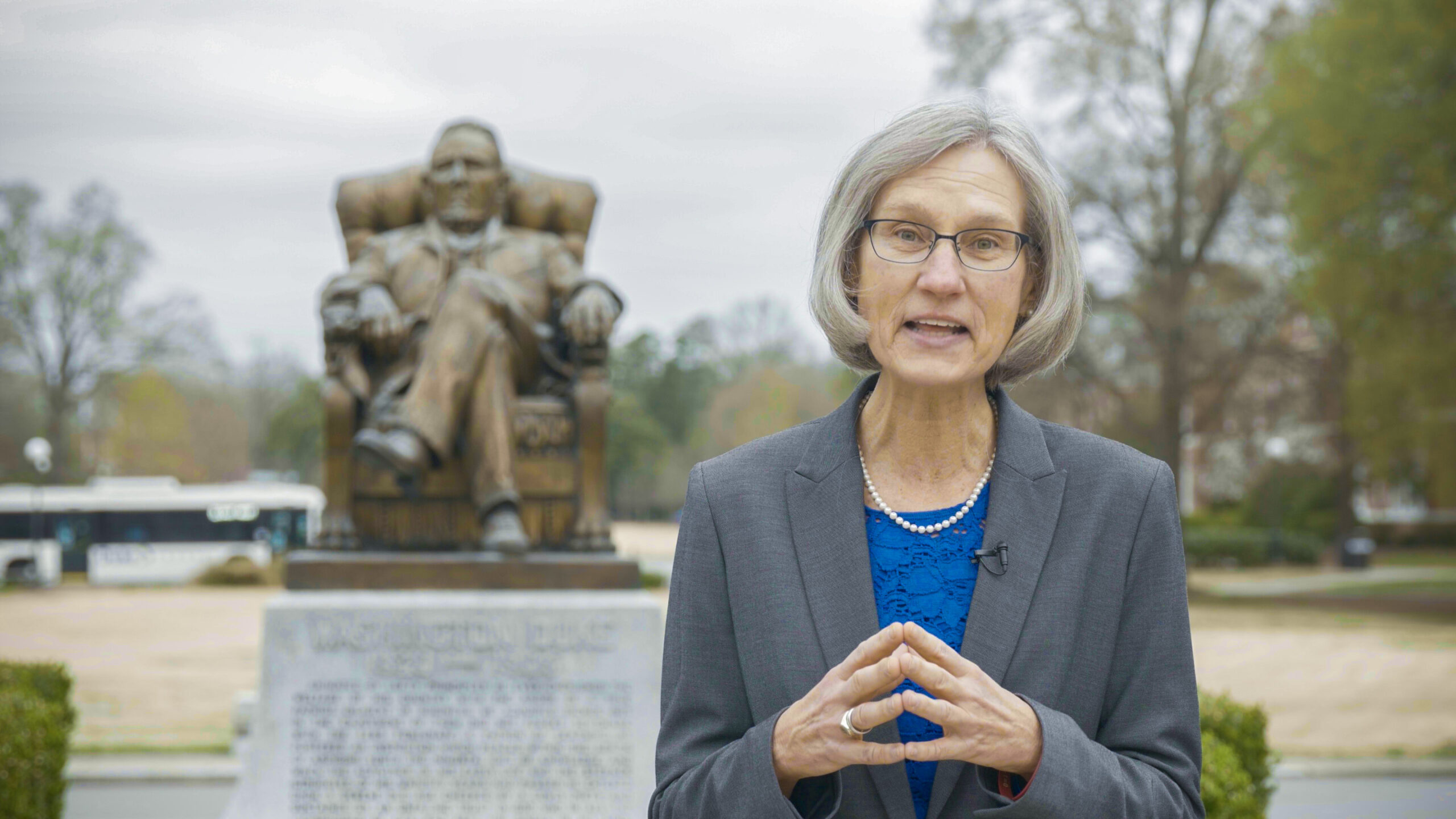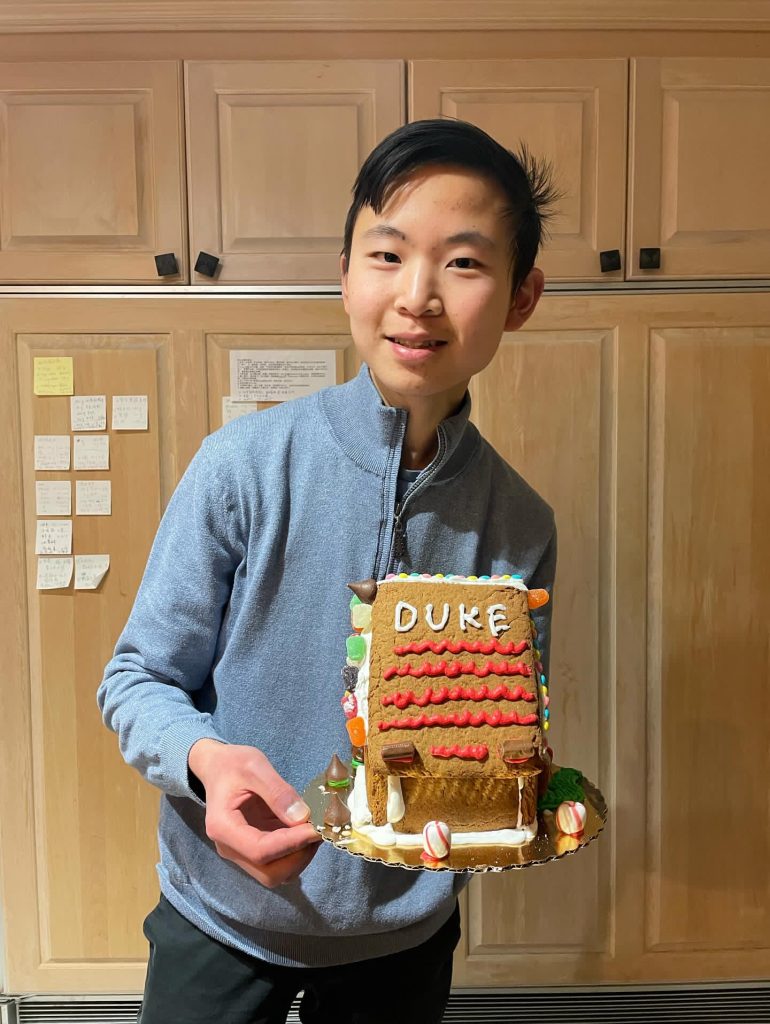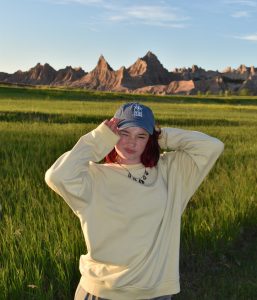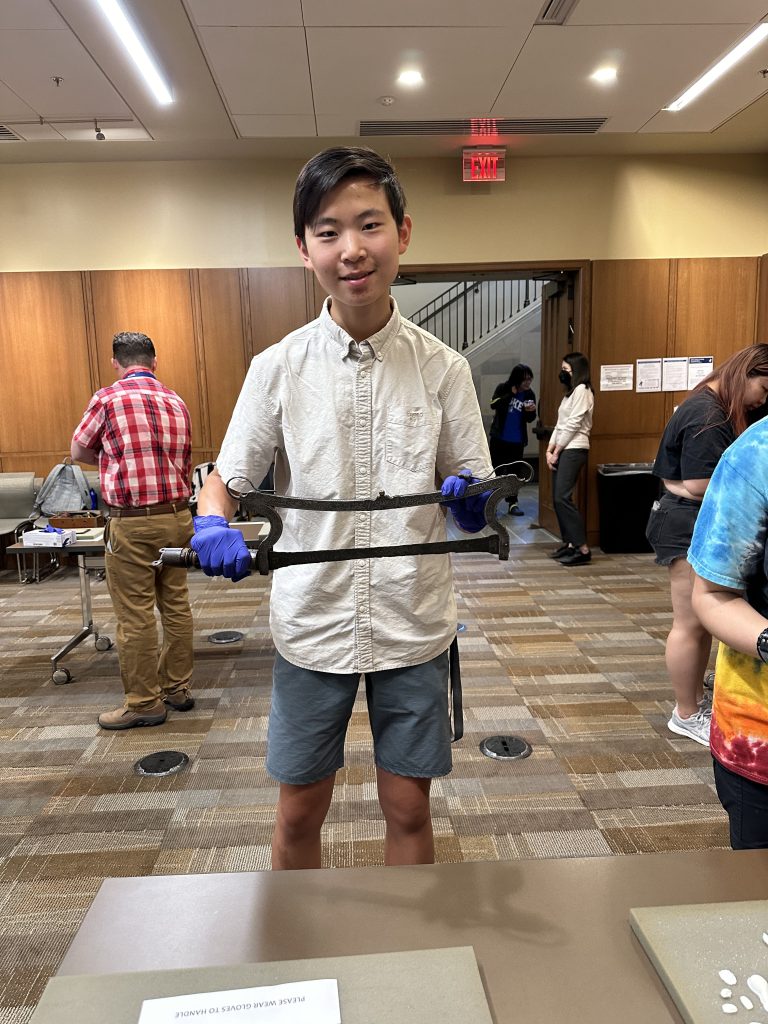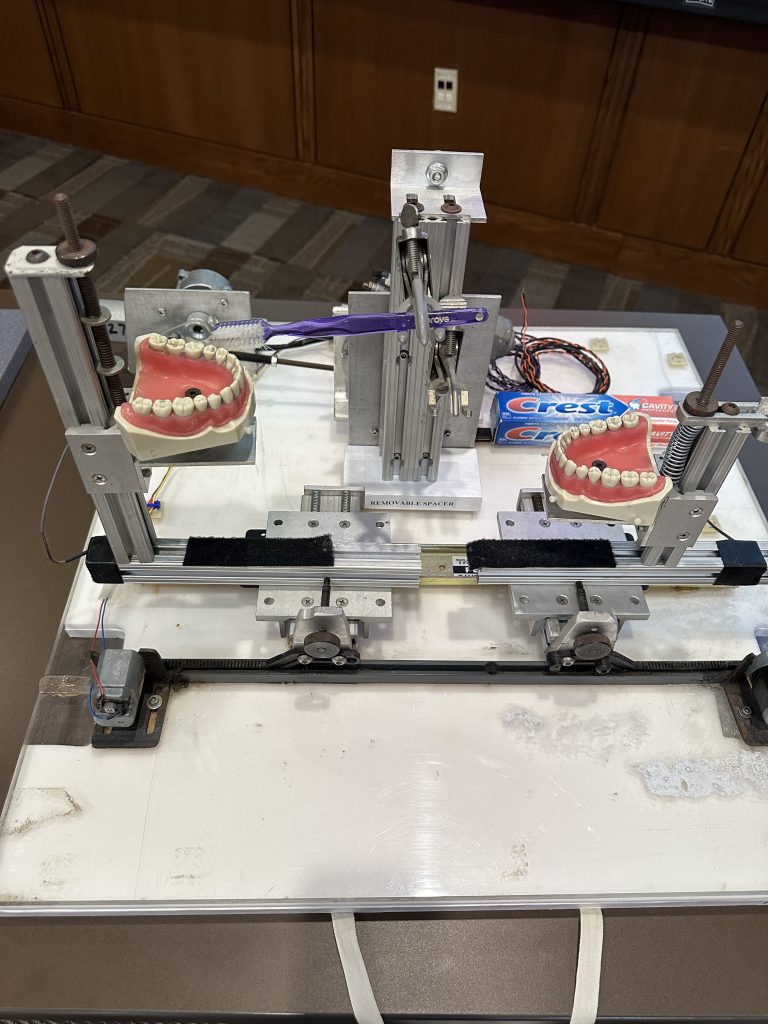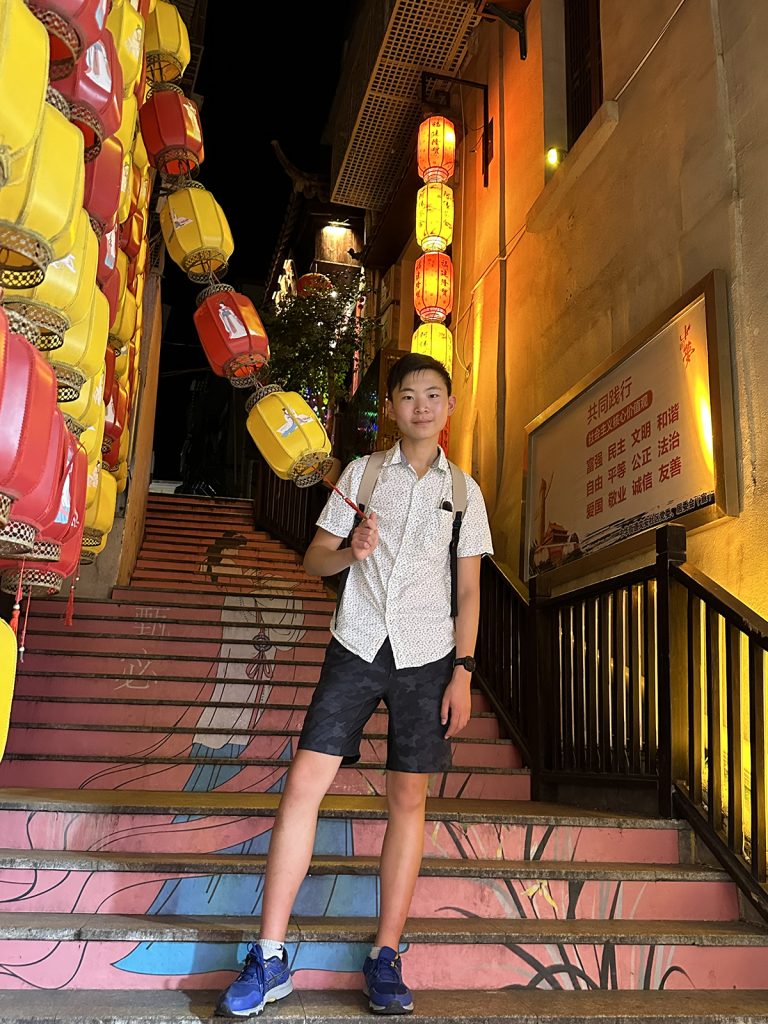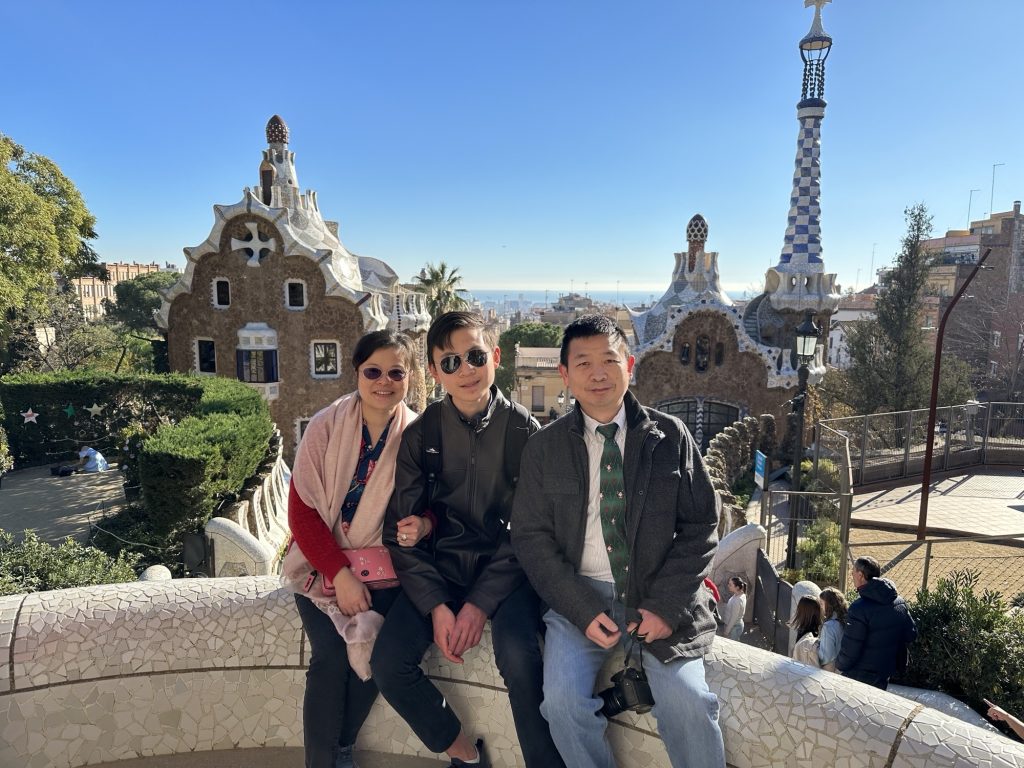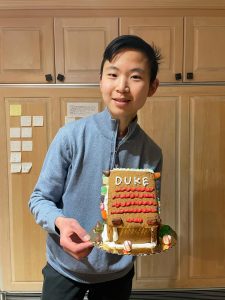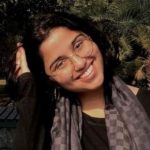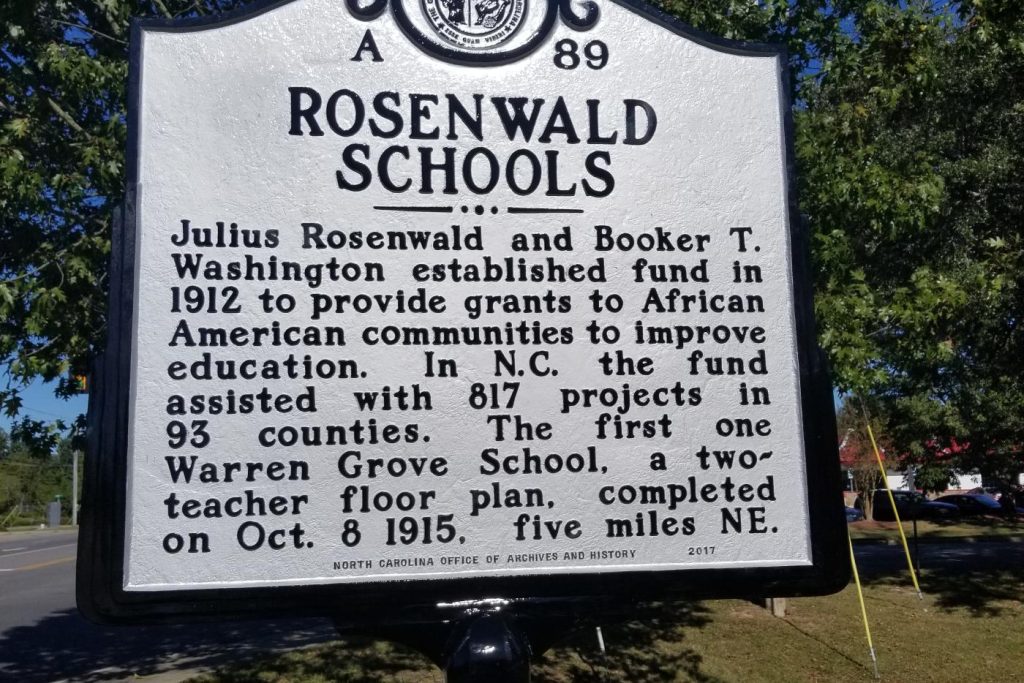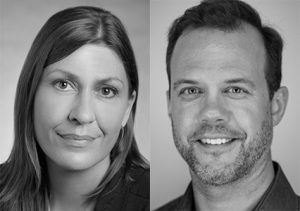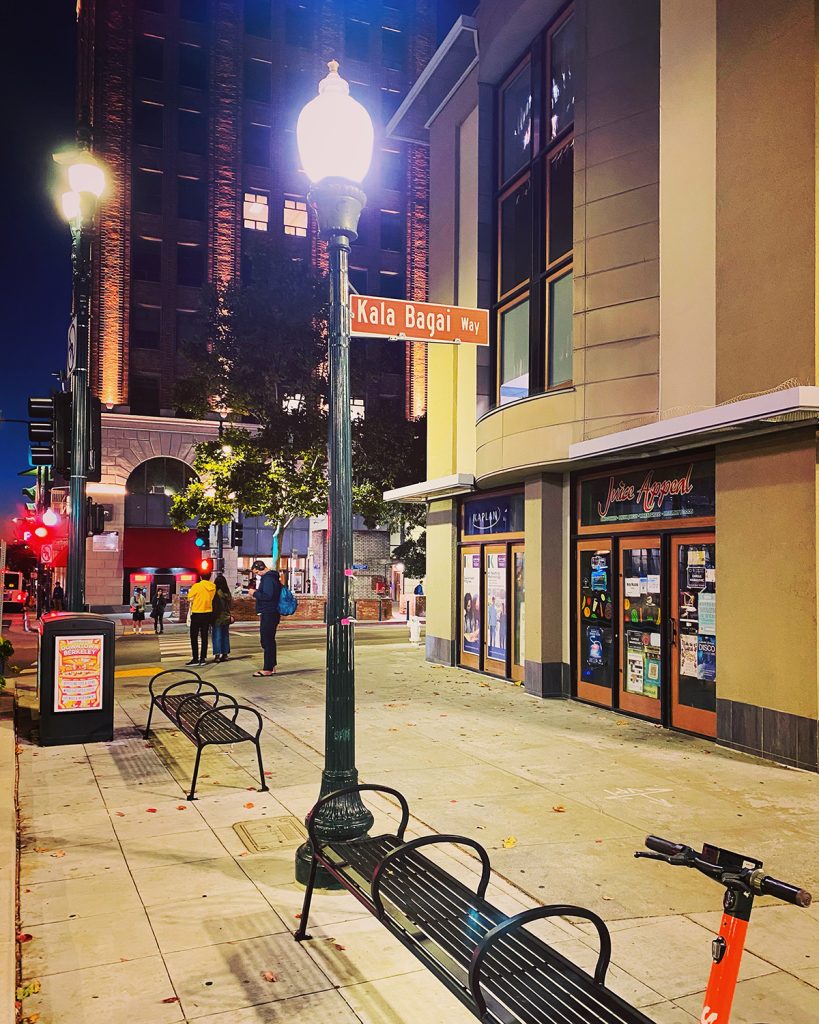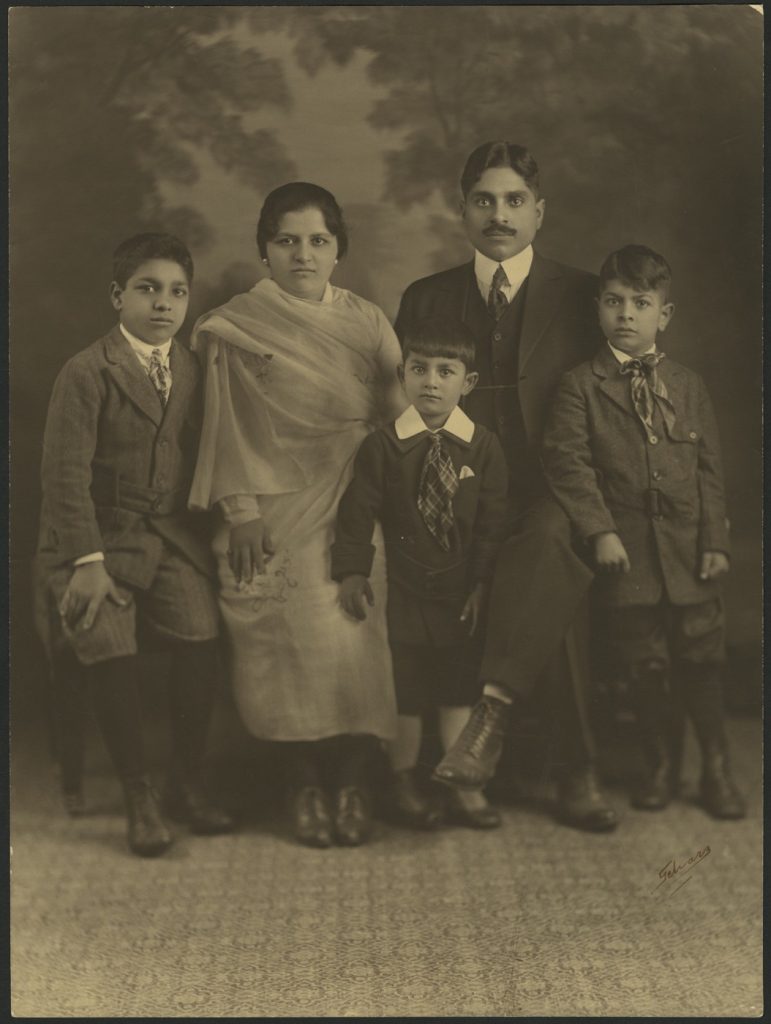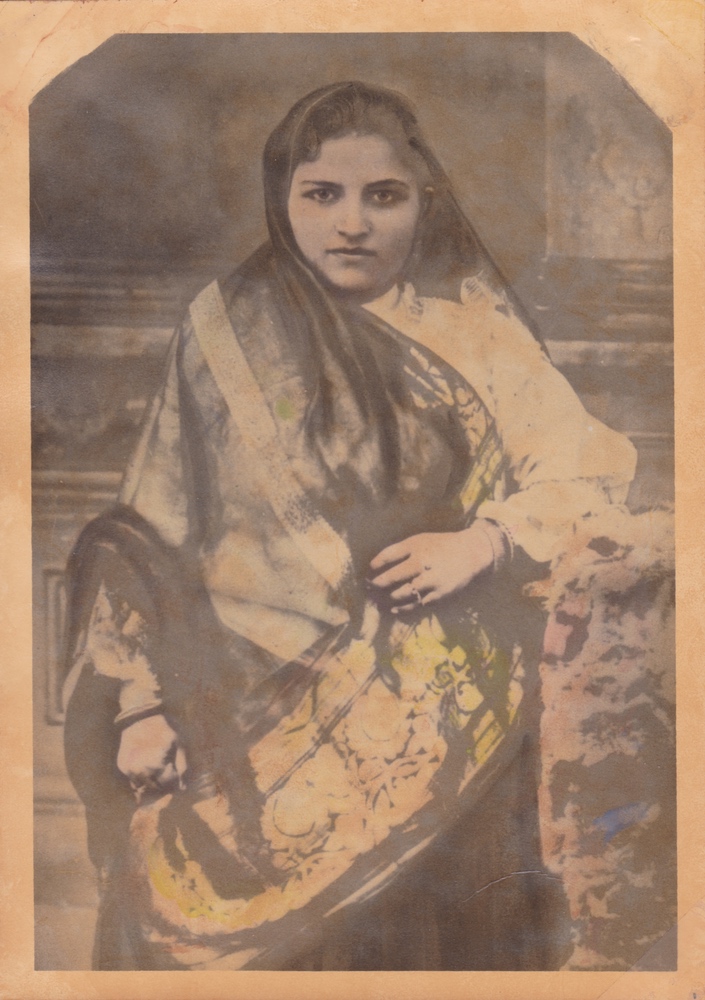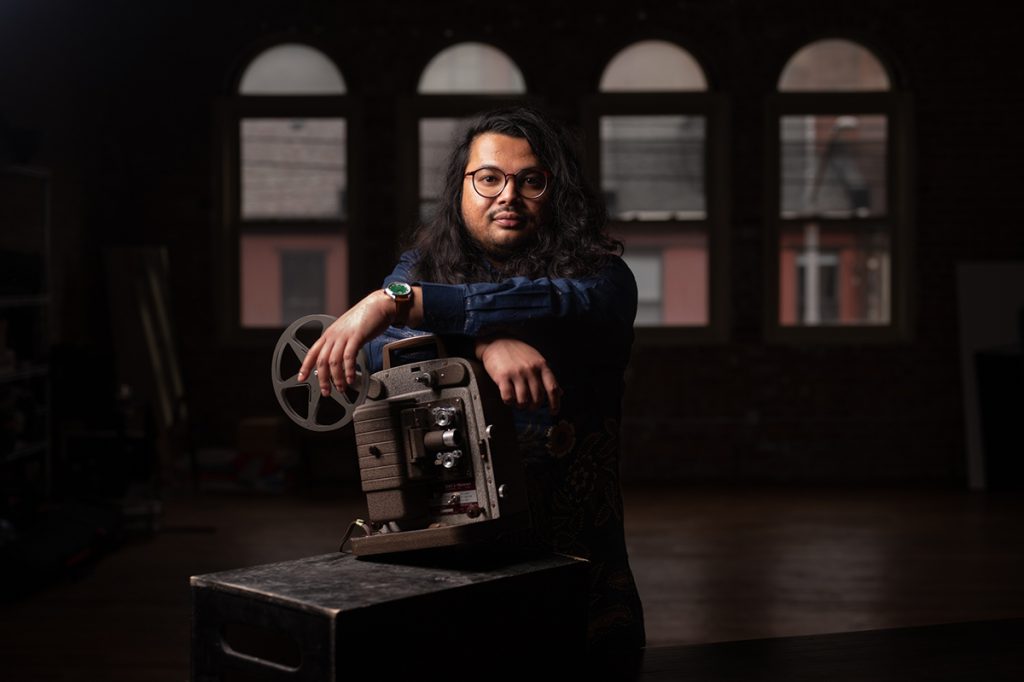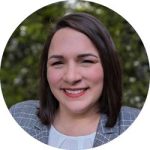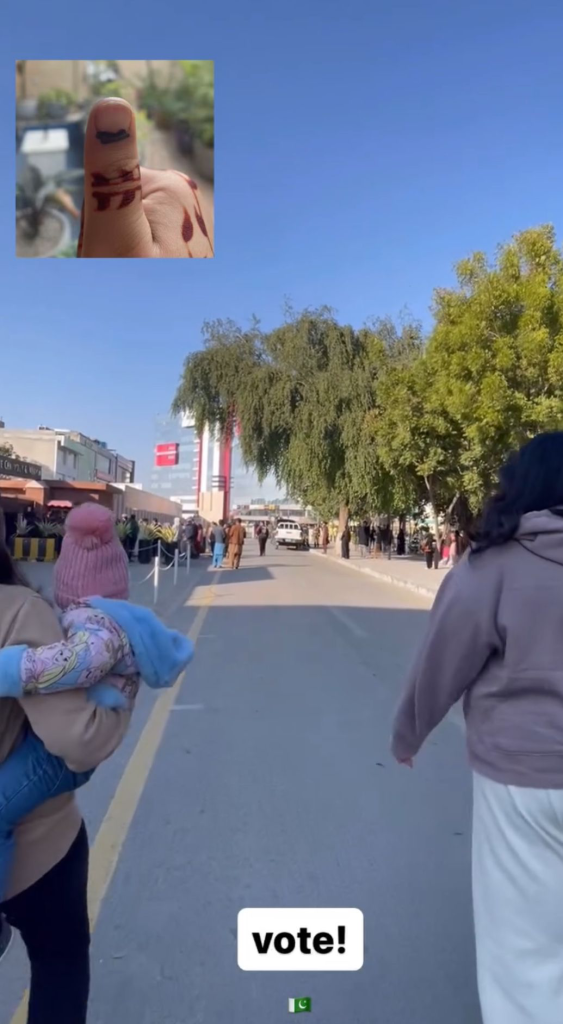“Larger mainstream society is so removed from their food,” says Courtney Lewis, a Duke professor and Cherokee Nation citizen. She recently moderated a discussion at the Duke Gardens about food sovereignty with two Catawba Nation citizens.
Roo George-Warren is an artist, educator, and eco-cultural restorationist, and Aaron Baumgardner is a basket maker, seed steward, and plant ecologist. Their conversation was moderated by Lewis, who is the Crandall Family Associate Professor of Cultural Anthropology and Inaugural Director of the Native American Studies Initiative at Duke University.
What is food sovereignty?
“Most people… are more familiar with the term food security,” says George-Warren, but he considers that term insufficient “because technically that can be solved through Walmart gift cards.” Food sovereignty, in George-Warren’s view, encompasses bigger questions about cultural value, rights to seeds, and who performs labor involving food.
“How are we going to take control of our food systems on a systematic level?” he asks.
Baumgardner thinks about food sovereignty as a “community’s ability to take control of the entire food system and not have to rely on any outside factors.” That means asking questions like “Where’s the food coming from, and how’s the food getting to people’s tables?” as well as what food is on people’s tables.
Food sovereignty, Baumgardner says, is about the ability to take care of ourselves, even in a crisis, by controlling food production and distribution. “If we aren’t a food-sovereign nation, are we really a sovereign nation?”
How does seed stewardship relate to food sovereignty?
“The seeds are our relatives, and those seeds need to grow,” Baumgardner says. Certain plants hold great importance to the Catawba people, and efforts to “rematriate” their seeds helps ensure the plants’ survival now and in the future.
Seed stewardship, Baumgardner says, is about more than preserving seeds. It also involves actively using the plants that have been important to Catawba culture for generations, restoring a “relationship… of seed-saving.”
Corn, George-Warren says, has been grown by the Catawba for millennia. “We’re standing at one end of the last 500 years,” he says, “looking back at everything that has been lost and taken from us.” That requires mourning but also efforts to move forward.
Baumgardner sees value in blending traditional knowledge and western science. He mentions a partnership with Davidson College in which Catawba citizens and researchers at the college are collaborating on experiments with corn. There are records of Catawba people bending corn stalks back at a certain point in their development, and the work at Davidson is exploring whether that practice could help protect corn from fungus.
George-Warren discusses another program that distributes local produce to tribal families, serving 250-300 families per month. Such programs aim to increase access to local food and restore relationships between people and plants.
How does natural resource management relate to your work?
“I don’t think that that accurately reflects how our people see the world or our relationship to it,” Baumgardner says about the term “natural resources.” He explains that the Catawba language does not have a word that directly translates to “natural” or “resources.” The term resources, he says, “implies that something is to be used… that it has a finite purpose,” which is not how the Catawba have historically viewed the environment. And in a world not divided into “natural” and “unnatural,” that linguistic distinction wasn’t needed, either.
Baumgardner believes that natural and cultural resources should be intertwined and that relationships to food should “create space for ceremony, create space for thanksgiving.”
Land can be nurtured without viewing it as an expendable, finite “resource.” European settlers, Lewis says, viewed the Appalachian region as a garden of Eden. “The reason it was that beautiful,” she says, “is you had entire nations actually managing that forest.”
George-Warren references a false narrative that native peoples just have an intuitive or magical knowledge of the earth. That is “ludicrous,” he says—knowledge comes from experimentation, observation, and having lived in a place for a long time.
George-Warren describes himself and Baumgardner as “ecocultural restorationists,” working to preserve both culture and ecology. The idea that humans and nature are inherently divided, he says, plays into dangerous narratives: that humans are a “virus” whose “only role is a damaging one” and that we should “put nature in a glass box” to protect it.
“I hate both of those views,” George-Warren says, “because the reality is we are a part of nature… we can help it flourish.”
“We have to create the culture of caring about those things,” George-Warren says. “We want people to work toward that interspecies flourishing.”
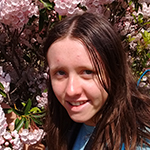
Post by Sophie Cox, Class of 2025

